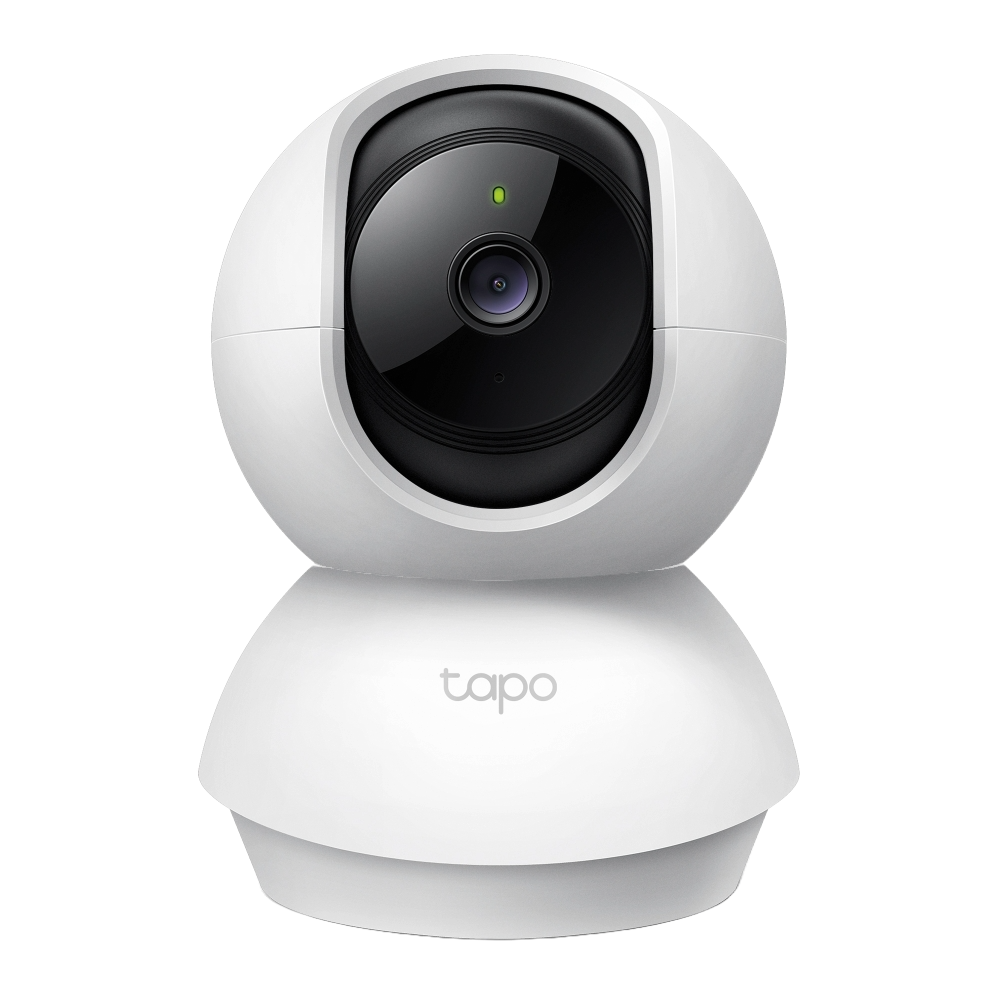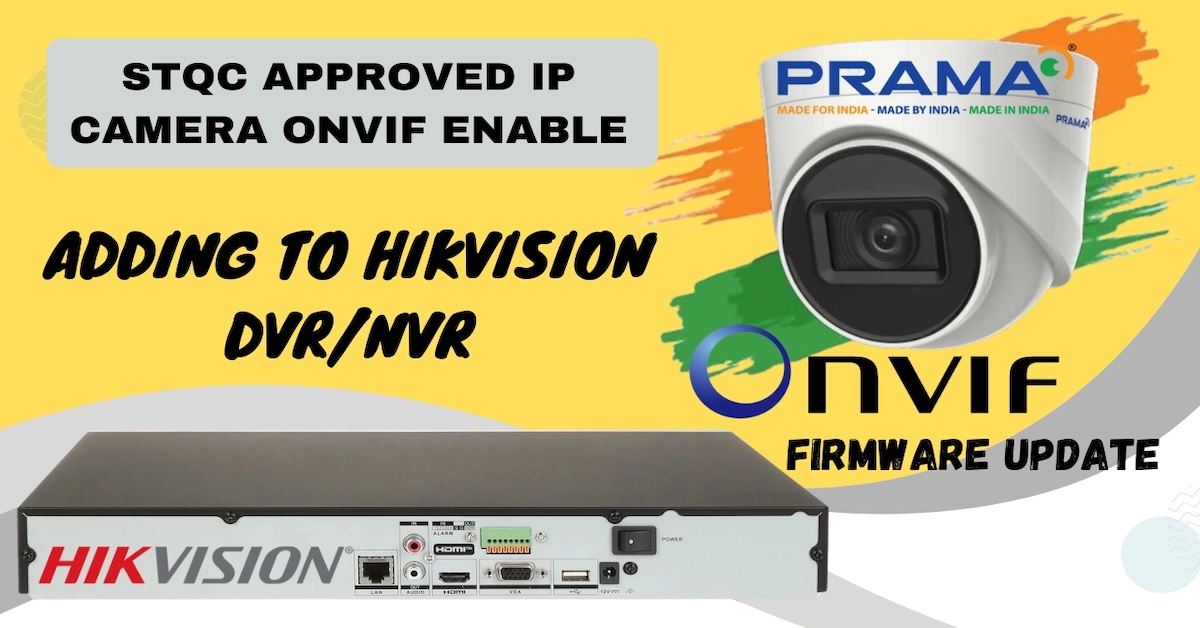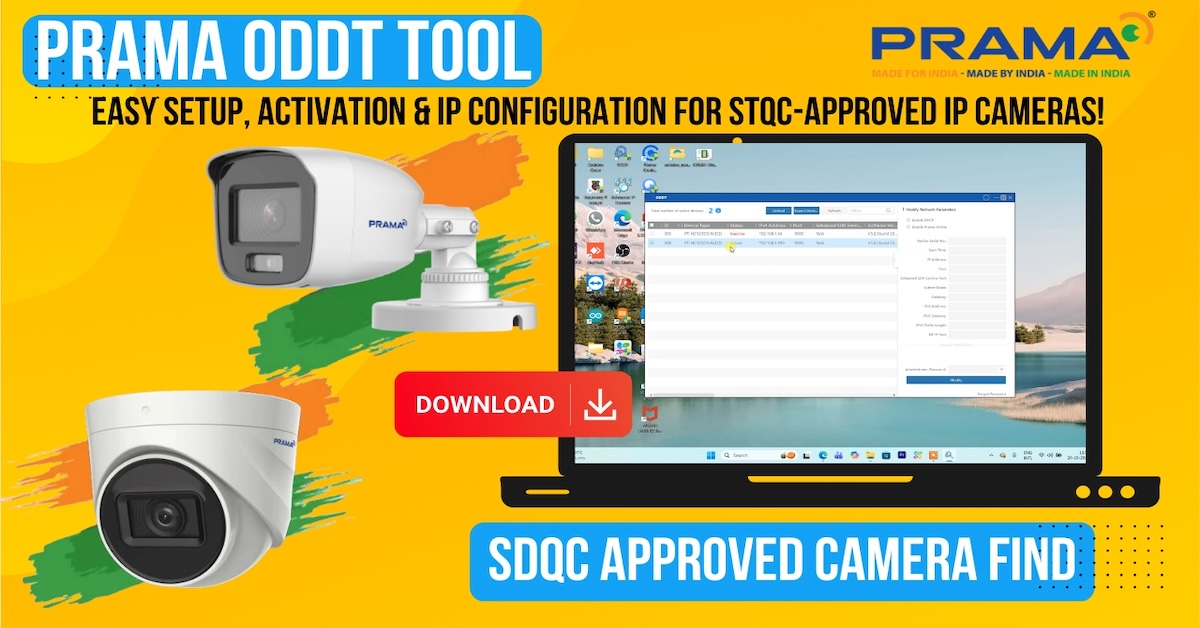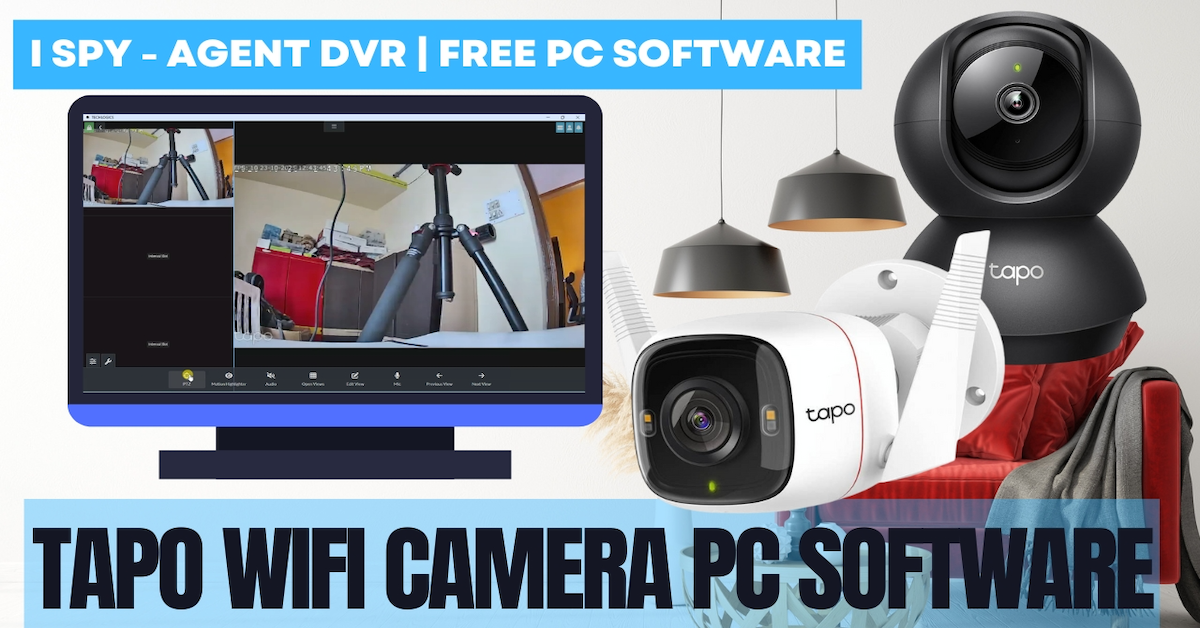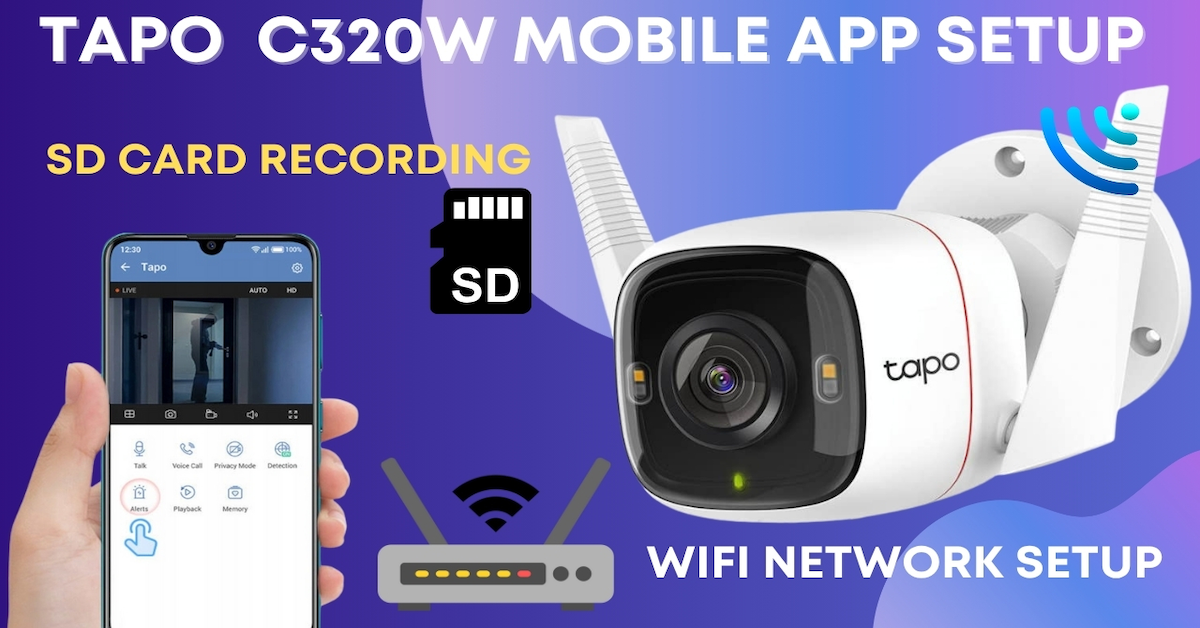Welcome to TECH LOGICS! In this guide, we’ll walk you through the process of wirelessly connecting IP cameras over long distances using TP-Link Outdoor CPEs. This setup is perfect for installing CCTV cameras across two locations, even kilometers apart, with the Network Video Recorder (NVR) at a different site. By configuring the CPEs as an Access Point and Client Bridge, you can seamlessly extend your LAN network or internet connectivity without complex cabling, ensuring a simple and efficient installation. This method is ideal for enhancing surveillance coverage or providing reliable connectivity in challenging environments.
What You’ll Need
For point-to-point outdoor connectivity, you’ll need:
- Two TP-Link Outdoor CPE units of the same model. The wireless range varies from 500 meters to 15 kilometers, depending on your needs, so select the appropriate model.
- Included accessories: Each CPE package contains a weather-resistant IP65-rated CPE, a PoE adapter with power cord, a quick installation guide, a screw kit for the PoE adapter, and two pole-mounting straps for secure installation.
The CPEs are designed for outdoor use, featuring a weatherproof enclosure with 6KV lightning protection and 15KV ESD protection, ensuring reliable performance in harsh conditions.

Setup Overview
The setup involves configuring one CPE as an Access Point (AP) to act as the central hub and the second as a Client to receive the wireless signal. Both CPEs must have a clear line of sight for optimal performance. Below is a step-by-step guide to configuring both devices for long-distance wireless communication.

Step 1: Configure the Access Point CPE
Unboxing and Physical Setup
- Unbox the first CPE and verify the contents: the CPE, PoE adapter, power cord, installation guide, screw kit, and mounting straps.
- Use the PoE adapter to power the CPE by connecting its PoE port to the CPE’s PoE port with a Cat6 Ethernet cable (up to 60 meters for flexibility in placement).
- Connect the LAN port of the PoE adapter to your PC or laptop using another Ethernet cable for configuration.
- Power on the PoE adapter. Confirm that:
- The green LED on the adapter lights up, indicating power.
- The CPE’s POWER LED lights up.
- The LAN LED on the adapter lights up or blinks, confirming an active connection.



Configuring the Access Point
- Set a Static IP on Your PC:
- Right-click the network icon in the system tray or navigate to Network and Internet Settings > Ethernet.
- In the IPv4 settings, set the IP address to 192.168.0.10 and the subnet mask to 255.255.255.0.
- Access the CPE’s Web Interface:
- Open a web browser (Chrome, Firefox, or Edge) and enter https://192.168.0.254.
- If a security warning appears, click Advanced and select Proceed to [IP address].
- Log in with the default credentials: username admin, password admin.
- Select your region and language, accept the terms of use, and click Login.
- Optionally, set a new username and password for security, then click Finish.
- Set Up as Access Point:
- In the Quick Setup menu, select Access Point and click Next.
- On the LAN settings page, assign an IP address compatible with your network (e.g., 192.168.1.201 for a 192.168.1.x network).
- Click Next to configure Wireless AP Settings.
- Set a descriptive SSID (e.g., BlockA_AP) and select WPA-PSK for security. Create a strong password.
- Click Next, review settings, and select Finish. The CPE will reboot (2–3 minutes).
- Verify Configuration:
- After reboot, log back into the CPE’s web interface using the new IP address (e.g., 192.168.1.201) and your credentials.
- Check the dashboard to confirm wireless settings, IP address, and device status.
- If you changed the IP series (e.g., from 192.168.0.x to 192.168.1.x), update your PC’s IPv4 settings to match (e.g., 192.168.1.10, subnet mask 255.255.255.0).
- The Signal LED on the CPE should light up or blink, confirming it’s operational as an Access Point.









Step 2: Configure the Client CPE
Physical Setup
- Unbox the second CPE and connect its LAN port to your PC or laptop using an Ethernet cable.
- Use the PoE adapter to power the CPE, as described for the Access Point.
- Confirm the green LED on the PoE adapter, the POWER LED on the CPE, and the LAN LED on the adapter are active.

Configuring the Client
- Set a Static IP on Your PC:
- Assign your PC’s Ethernet adapter an IP like 192.168.0.10 with a subnet mask of 255.255.255.0.
- Access the CPE’s Web Interface:
- Open a browser and navigate to https://192.168.0.254.
- Log in with username admin and password admin.
- Select your region, language, accept terms, and optionally update the credentials. Click Finish.
- Set Up as Client:
- In the Quick Setup menu, select Client and click Next.
- On the LAN settings page, assign an IP address in the same network as the Access Point (e.g., 192.168.1.211).
- Click Next to access Wireless Client Settings.
- Select Survey to scan for available SSIDs. Locate and select the Access Point’s SSID (e.g., BlockA_AP) and click Connect.
- Enter the Access Point’s Wi-Fi password, click Next, review settings, and select Finish. The CPE will reboot.
- Verify Configuration:
- After reboot (2–3 minutes), log into the CPE’s web interface using the new IP address (e.g., 192.168.1.211).
- Confirm settings on the dashboard. Update your PC’s IPv4 settings if the IP series changed.
- The Signal LED should light up or blink, indicating the CPE is connected to the Access Point.







Step 3: Connect IP Cameras
- Connect your IP camera(s) to the Client CPE. For multiple cameras (up to 8), use a PoE switch to provide power and network connectivity.
- The camera(s) will send video feeds wirelessly via the Client CPE to the Access Point, then to the NVR for recording.
- To verify connectivity:
- Access the Access Point or Client CPE’s web interface and navigate to the ARP Table to view the IP and MAC addresses of connected cameras.
- Alternatively, use a CCTV configuration tool to identify camera IP addresses.
- Enter a camera’s IP address into a browser on a PC connected to the Access Point to view live feeds or configure settings.
- Add cameras to your NVR for recording and monitoring.






Tips for Success
- Line of Sight: Ensure both CPEs have a clear line of sight with no obstacles for reliable communication.
- Labeling: Mark each CPE with its role (AP or Client), SSID, and IP address for easy management and troubleshooting.
- LED Indicators: Monitor the Signal LEDs on both CPEs. A steady or blinking LED indicates proper operation; an off or irregular LED may signal issues.
- Scalability: For multiple cameras, a PoE switch simplifies connectivity and ensures reliable data transmission.
Conclusion
With this setup, you’ve successfully created a wireless bridge to connect IP cameras over long distances using TP-Link Outdoor CPEs. This method eliminates the need for extensive cabling, making it ideal for extending surveillance coverage or LAN connectivity across challenging environments. Whether for a single camera or a scalable multi-camera system, this solution is flexible and reliable.
For more tech tutorials, subscribe to TECH LOGICS, like, and share this guide. Stay tuned for our next post!
